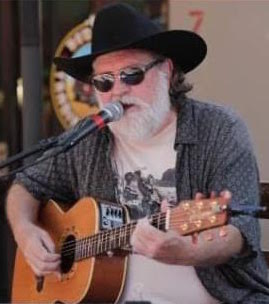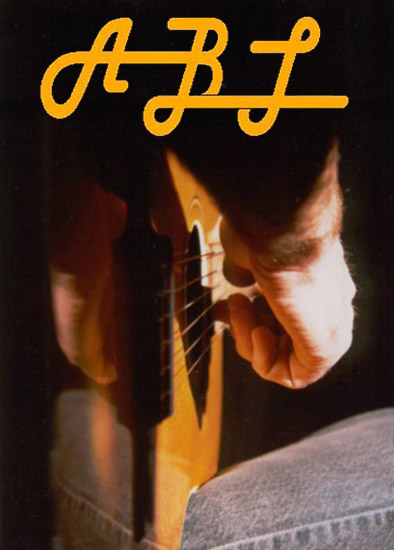|
Column Archive |
||
April, 2012 |
"Symbolism, Metaphor, Simile and Connotation" |
by Ed Skibbe |
|
Symbolism, metaphor, simile and connotation—words to make a Nashville music publisher turn pale and begin gasping for breath. A symbol is a word or idea that represents another word or idea by association, resemblance or convenience. Usually, the symbol is a concrete entity used to represent something invisible or abstract and much larger in scope and complexity than the symbol itself. For example, a golden ring symbolized marriage, love, fidelity, commitment, trust, family and the other characteristics of connubiality. A metaphor is a figure of speech in which a word is used to represent another word or idea. It is basically a convention established by the writer within a given phrase or work, for example, "the razor blade that is her stare" or "the placid lake of his tranquility." One hopes the metaphor expands somehow or offers a particular aspect of meaning to the thng for which it is substituted. A simile is a figure of speech in which two essentially unlike things are compared using the words "like" or "as." For example, "heart like a stone" or famously "O my luve is like a red, red rose" are similes. A connotation is the set of association implied by a word in addition to its literal meaning. For example, "been there; done that" has a different set of connotations than "I rode in that rodeo before." Many of the powers-that-be who get to make up (and then forget at their convenience) the "rules" for popular songs generally do not like symbols or metaphors (with the exceptions noted below), will tolerate simplistic similes and seem to love connotations. I believe the rationale is that popular songs should be written for a "lower common denominator," in other words, it is better to underestimate your audience's intelligence. Aim low. Rhetorical devices may either escape the listener altogether, confuse them, or (worse) insult them by making them think you are showing off at their expense. Sadly, there is a germ of truth here. People don't listen to the radio to be intellectually challenged. (They may very well listen to your CD for that purpose though.) Your challenge, if you are trying to write popular songs, is to say something meaningful in a compelling, memorable, artful--and yet simple--way. There are, of course, exceptions. First and foremost, any song that becomes a hit despite breaking the rules immediately becomes treasured as an example of the exception that proves the rule, for example, "the wind beneath my wings." Some proven hit writers have outgrown the rules. In Nashville, at least, the rules against symbolism and metaphor don't apply when the subject is so-called patriotism that defends the status quo (eagles, flags, "colors," etc.) or conventional or traditional family values (rings; the family farm; mama's wedding dress; daddy's car, tractor, watch, or other inherited item, etc.). My advice is to limit the use of complex rhetorical devices and figures of speech and to master the art of connotation. Regardless of your literal subject, choose words that convey sensual content (color, taste, smell, texture), relate to an image that is positive to the singer and the listener (cowboy, rebel, mother, or other admired person) and that convey strength (true, wise, strong, win, tough). (NOTE: One of my favorites uses of metaphor, symbolism and metaphor is the great Lyle Lovett-Robert Earl Keen song, "This Old Porch." Google the lyrics and see how many metaphors similes and symbols you can untangle.) |
|||
| TOP | |||


